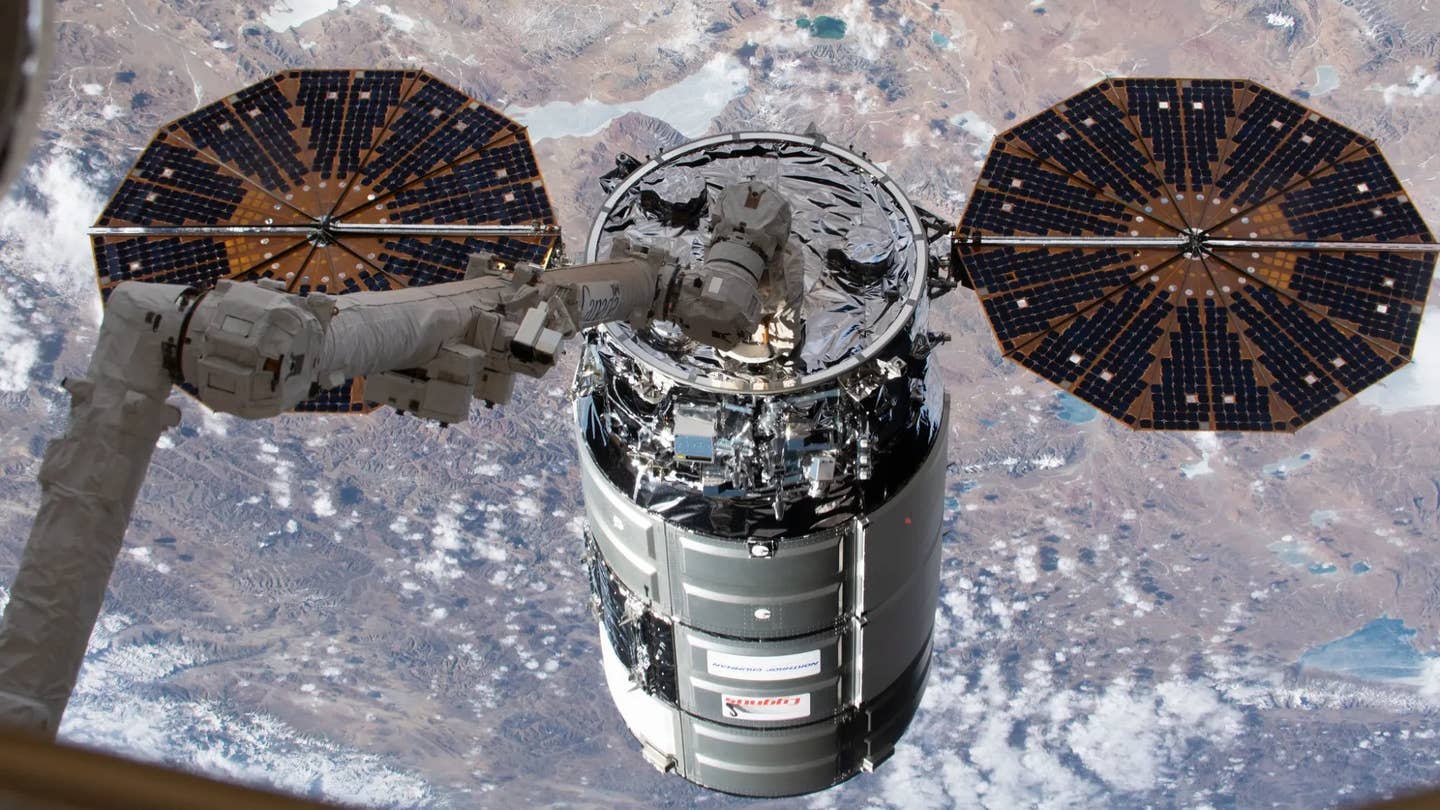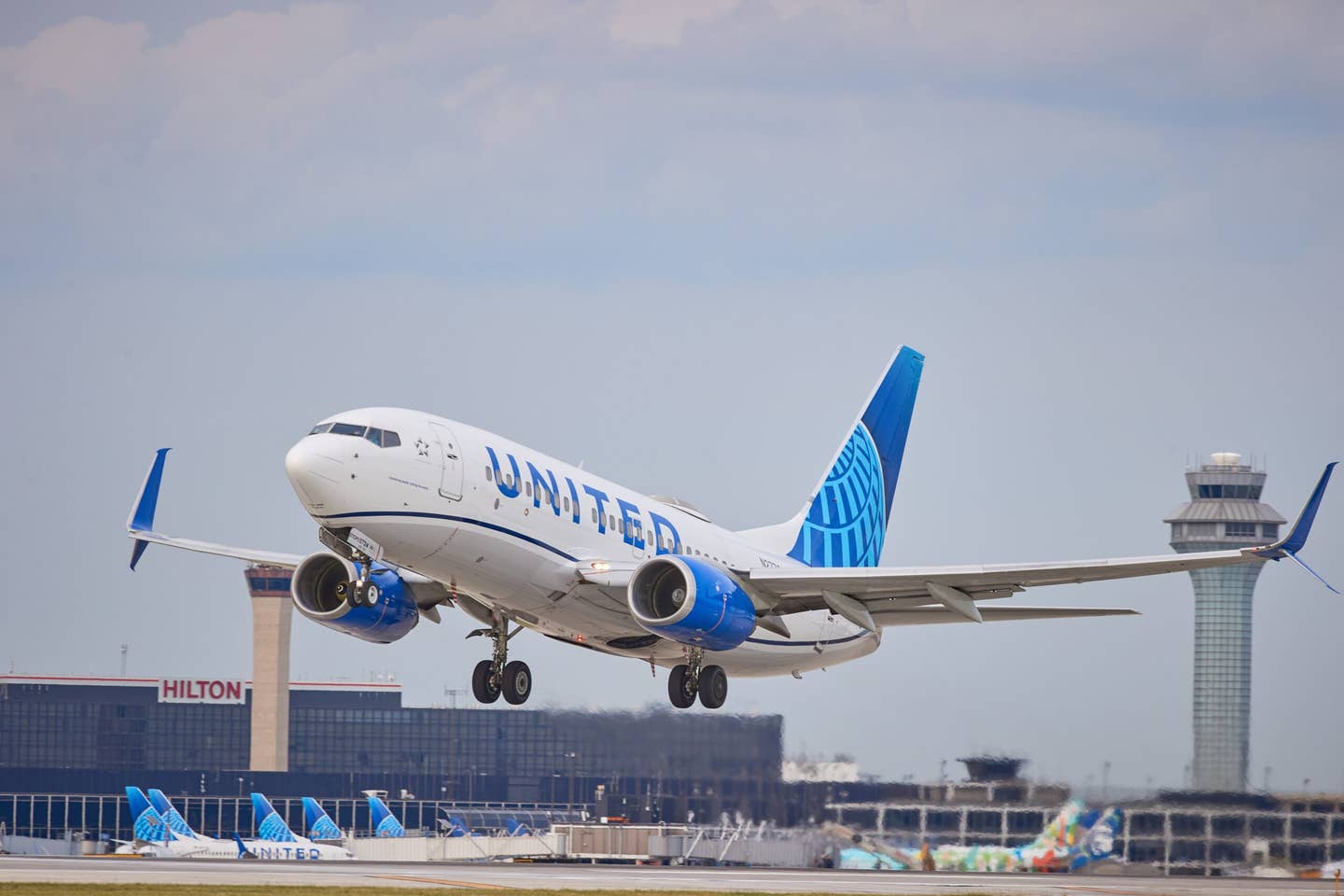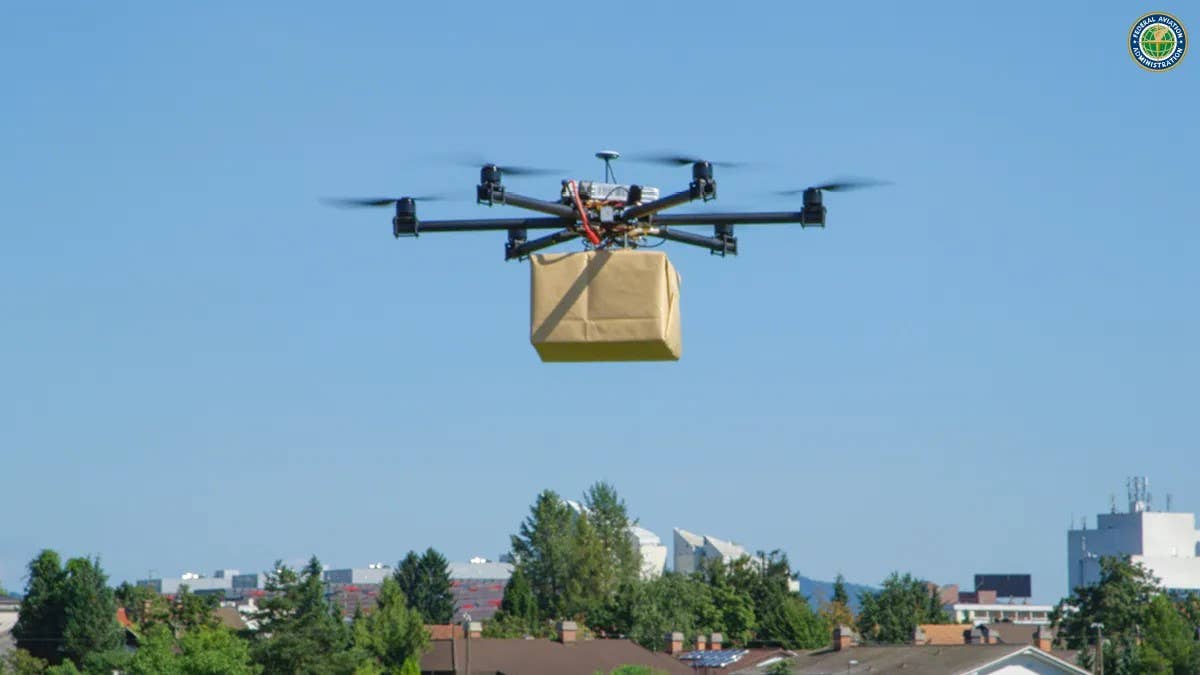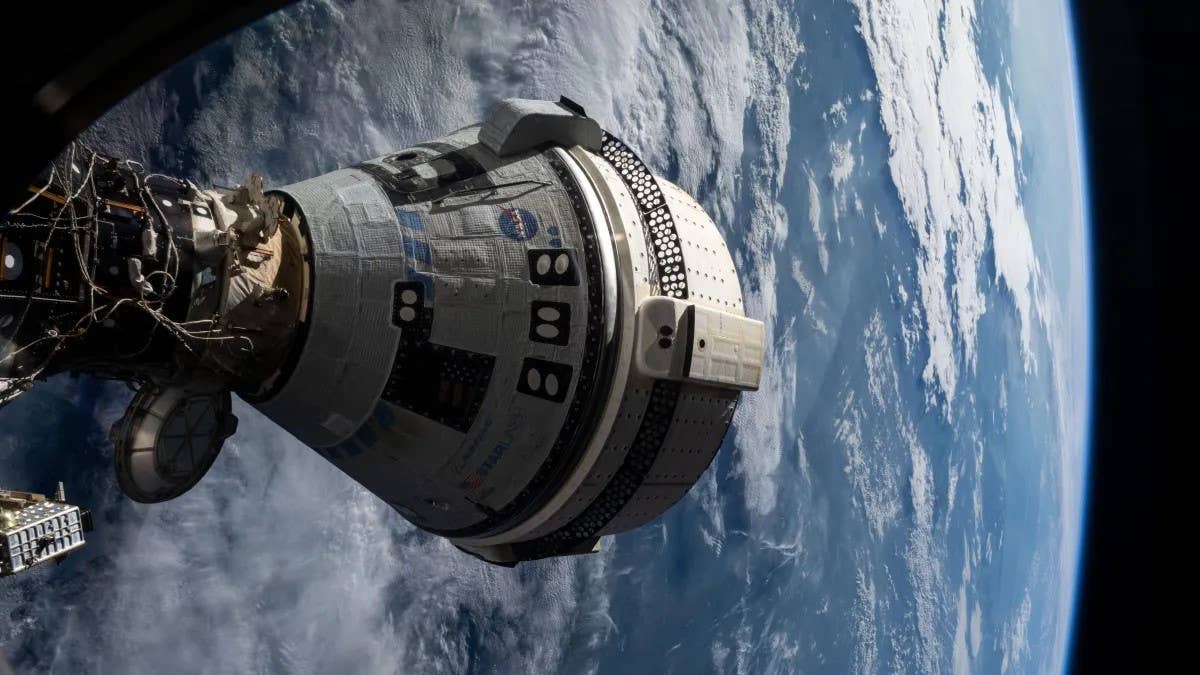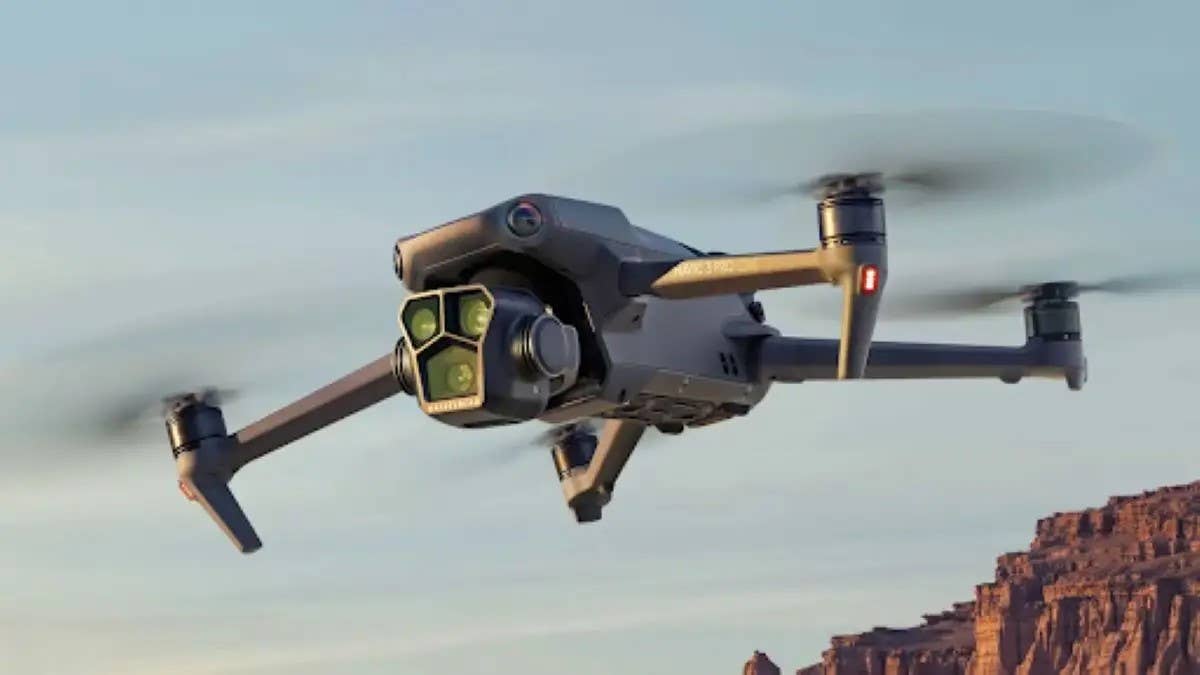Sirius Unveils 2 Hydrogen-Powered Luxury Business Jets
The manufacturer claims the models will comprise the first family of hydrogen-powered, zero-emission, vertical takeoff and landing (VTOL) jets.

This Sirius Adventure Jet is one of two hydrogen-powered, zero-emission, vertical takeoff and landing (VTOL) business jet concepts from Sirius and Designworks. [Courtesy: Sirius Aviation]
Swiss manufacturer Sirius Aviation has unveiled two hydrogen-powered luxury business jets developed in collaboration with Designworks, the creative design studio of automaker BMW.
The company showcased its Sirius CEO-Jet and Sirius Adventure Jet—the initial entrants into what it claims will be the first family of hydrogen-powered, zero-emission, vertical takeoff and landing (VTOL) capable aircraft—on Thursday at the Move Expo in London.
The models will be powered by a hydrogen-electric powertrain and fuel tank—a propulsion system designed to extend flight time compared to fully electric models. Similar to the Lilium Jet, the aircraft will feature electric ducted fans embedded in fixed wings and canards to provide vertical lift.
Both the CEO-Jet and Adventure Jet are expected to emit less than 60 dBA of noise at a distance of 100 meters—about the volume of a typical conversation—using what Sirius describes as a “deflected vectored thrust” propulsion system. The company claims they will reduce noise by about 95 percent compared to helicopters.
The CEO-Jet, designed to seat three passengers, will serve the private business aviation segment, combining zero-emission flight with luxurious, customizable amenities.
The Adventure Jet, on the other hand, is designed primarily for passenger and cargo transport but can also handle medical evacuations, search and rescue, firefighting, surveillance, and offshore operations. It seats up to two pilots and as many as five passengers, with a maximum takeoff weight of about 7,700 pounds, handling point-to-point trips to remote destinations such as jungles or mountaintops. It will even have an inflatable pontoon, allowing it to glide over water.
The latter design comes equipped with GPS, Doppler radar, very high frequency (VHF) and ultra high frequency (UHF) radio, and a digital autopilot system capable of hover and approach.
“The CEO-JET offers an eco-friendly option for business travel, while the Adventure Jet opens new horizons for global tourism and exploration,” said Alexey Popov, CEO of Sirius.
Founded in 2021, Sirius set out to design an aircraft that could combine the aerodynamics of an airplane with the versatility of a helicopter. The concept for a family of hydrogen-powered business jets first emerged in January, and the company shared more information in the weeks leading up to Move Expo.
The Sirius Jet’s calling card is its propulsion system—a hydrogen-electric powertrain that energizes 28 electric ducted fans, 20 embedded in the wings and eight mounted in the canard. Together with a pressurized cabin, these fans are designed to help the aircraft reach an altitude of 30,000 feet.
The fans are linked individually to one of 28 electric motors, each weighing about 21 pounds and containing a proprietary thermal management system. Air drawn through the jet’s intake passes through a cooling system and into onboard liquid hydrogen tanks. It is then channeled to a fuel cell stack, which has a high weight-to-power density ratio ideal for storing hydrogen.
Within the fuel cell, hydrogen and oxygen react to create water and electricity, the latter of which is directed to a set of battery packs that power the electric motors. The packs recharge during flight, are active for only 90 seconds per flight cycle, and do not need to be replaced, Sirius says. Water, a byproduct, is released through the exhaust valve.
By Sirius’ estimate, it would cost only $500 to fully refill the fuel tank. The company further claims the propulsion system makes its aircraft more efficient than electric VTOL (eVTOL) counterparts.
The Lilium Jet, for example, has a range of about 155 sm (135 nm); the Sirius CEO-Jet will max out at around 1,150 sm (1,000 nm), while the Adventure Jet can reach that range using its additional fuel tanks. Further, the CEO-Jet’s cruise speed and Adventure Jet’s top speed—323 mph (280 knots)—is more than double the Lilium Jet’s (155 mph, or 135 knots).
A potential CEO-Jet network in the U.S. could encompass New York City, Chicago, Kansas City, Missouri, New Orleans, and Miami. The Adventure Jet, meanwhile, could connect San Francisco, Los Angeles, Las Vegas, and Phoenix. According to Sirius, the network would offer “a 4-[time] improvement in travel efficiency compared to conventional methods” such as car or traditional airplane.
At the same time, the hydrogen-powered aircraft are billed as offering the luxury of a conventional business jet. Customers have the option, for example, to customize interior colors, upholstery, amenities—including champagne fridges, custom bathrooms, art installations, and kitchens—lighting, and flooring materials such as marble, hardwood, or carpet. Passengers can even pick the scent they smell when they enter the aircraft.
Both models are equipped with an airframe parachute system that deploys automatically in case of emergency, which Sirius claims reduces risk to “virtually zero.”
Sirius hopes to set up serial manufacturing and obtain certification for the Sirius Jet family before 2028. Next year, it expects to complete an inaugural flight using a demonstration plane and open sales of 50 business jets, with deliveries beginning in 2028. By the end of the decade, it intends to launch a shuttle network across the Americas, European Union, and Gulf Cooperation Council (GCC) countries.
So far, Sirius has received an order from Indian seaplane operator Mehair for 50 Adventure Jets plus 50 options, with another from Indonesian tourism firm Parq Development for five CEO-Jets and Adventure Jets apiece.
Like this story? We think you’ll also like the Future of FLYING newsletter sent every Thursday afternoon. Sign up now.

Subscribe to Our Newsletter
Get the latest FLYING stories delivered directly to your inbox

